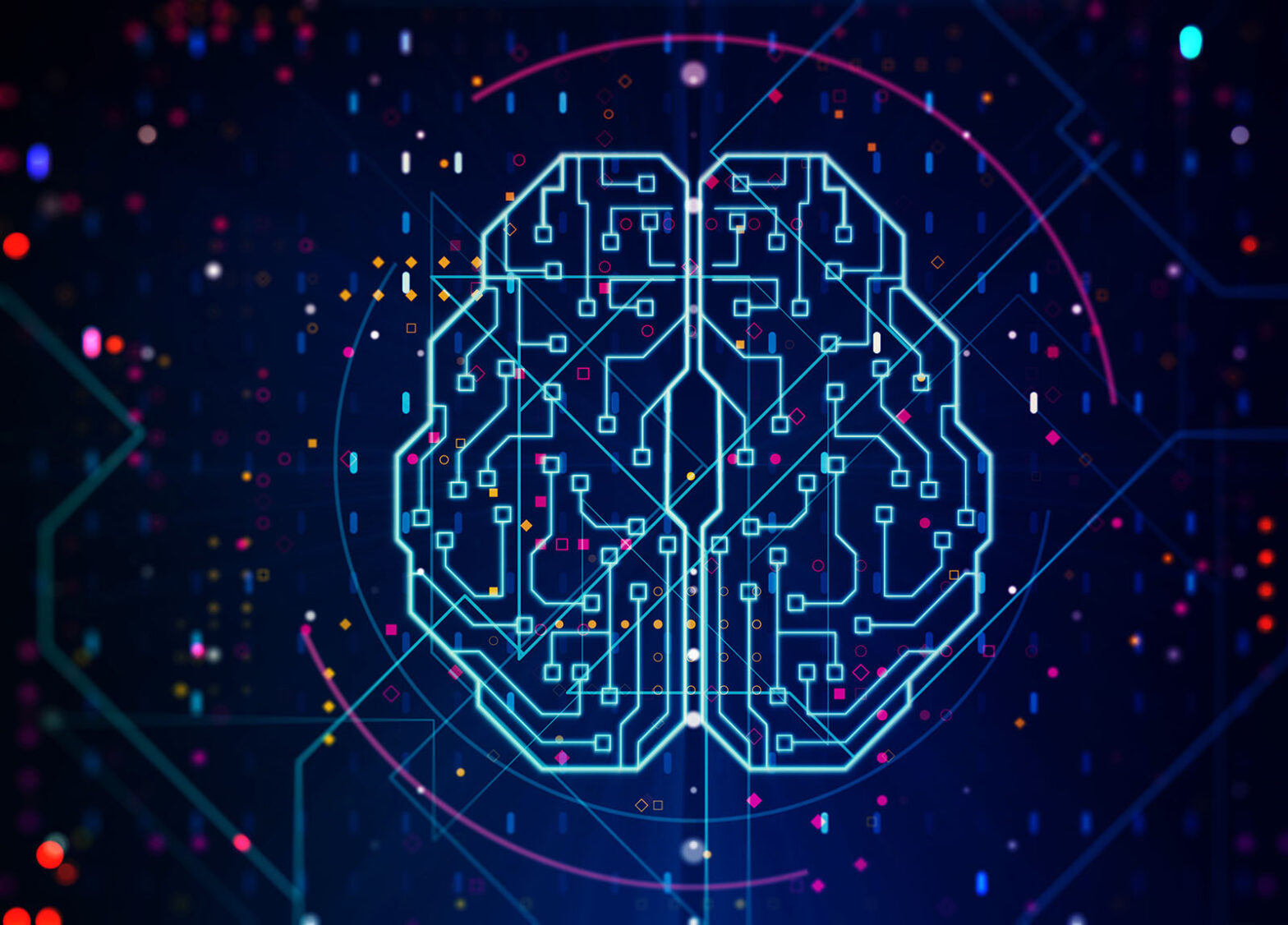Introducing Catalyst for Contracts
Introducing Catalyst for Contracts — offering the convenience of contract chat with a virtual assistant. Learn more in this introductory…

Implementing legal AI and automation is not a one-size-fits-all proposition. With numerous forms of both technologies, it helps to examine specific use cases and the corresponding benefits that come to the table.
In the first part of this blog and podcast series, we outlined what AI is at its foundation. In part two, we tackled how artificial intelligence and law departments are already working together.
Now, we’re back for the third and final segment of his AI series, which covers the combination of legal AI and automation. With the many different types of legal automation and AI assistance available today, we have some crucial points to consider for automation and AI’s role in it.
Start by asking yourself some basic questions about the drivers you’re trying to achieve through automation. Is your goal to increase productivity, efficiency and quality? Are you most concerned about risk mitigation and compliance? Or are you trying to be efficient about identifying trends and actionable insights with the data you currently have?
For example, if your goal is to enhance efficiency, contract AI software and automation can speed up contract approval by up to 70% and increase user productivity by 51.5%.
Your reason for automating your law department will have an impact on how you go about implementing it. Regardless of your goals, you always need to be considering how automation can help your legal department become more valuable to the rest of the organization.
Automation isn’t one-size-fits-all and there many varieties of it available now. Before you start implementing automation and legal AI, it’s helpful to understand the different automation types that exist today. The goals you have might impact the kind of automation you choose.
There are three significant types of automation, plus a fourth that ties them all together:
Once you understand the different types of legal AI and automation and what you’re trying to achieve through automation, you can start to develop and implement your ideal technology plan for your law department.
To hear more about legal AI and automation, the benefits of combining artificial intelligence and law departments and the essential elements to consider before deciding on technologies, you can listen to our entire podcast (see below.)


Introducing Catalyst for Contracts — offering the convenience of contract chat with a virtual assistant. Learn more in this introductory…

Streamline collaboration across departments with Onit’s groundbreaking new AI-powered Catalyst Virtual Assistants for Legal Operations and Contract Management. Step into…

Discover the capabilities of Catalyst Virtual Assistant for Contracts — a smart virtual assistant that understands legal language and the…